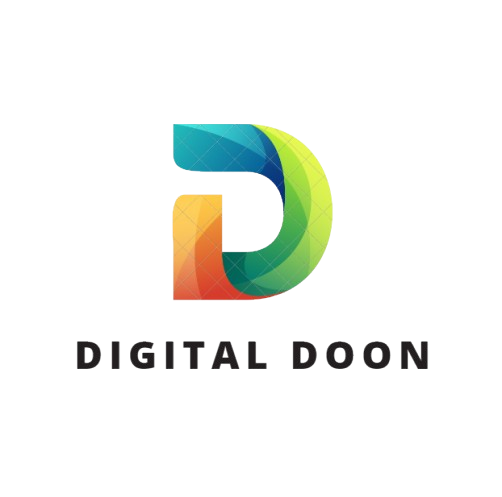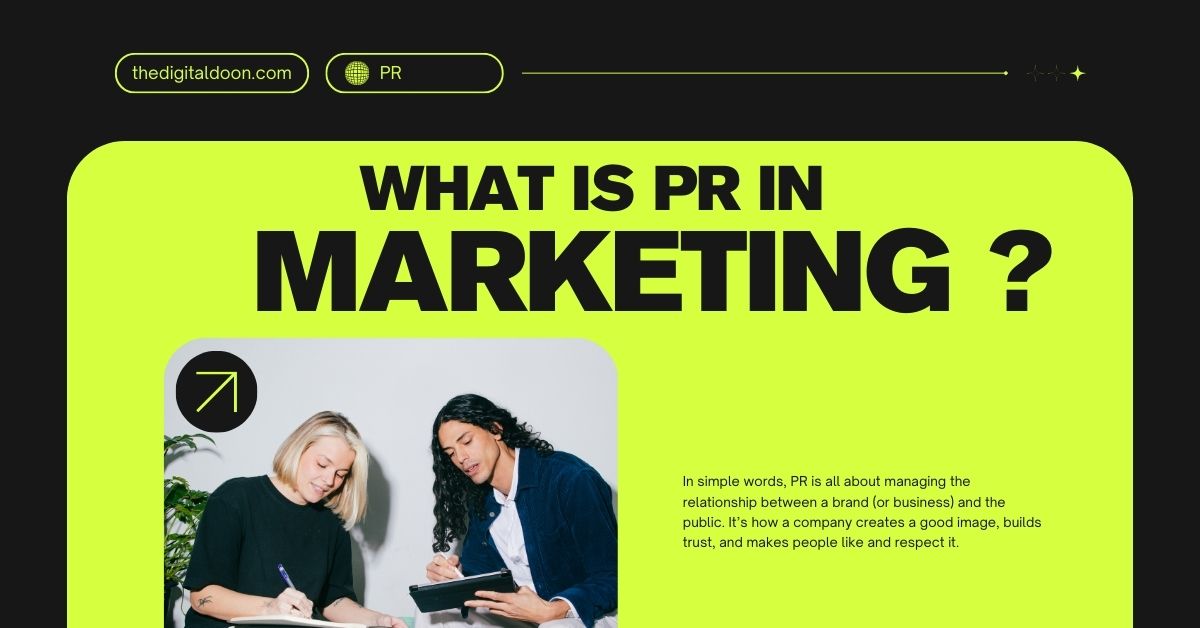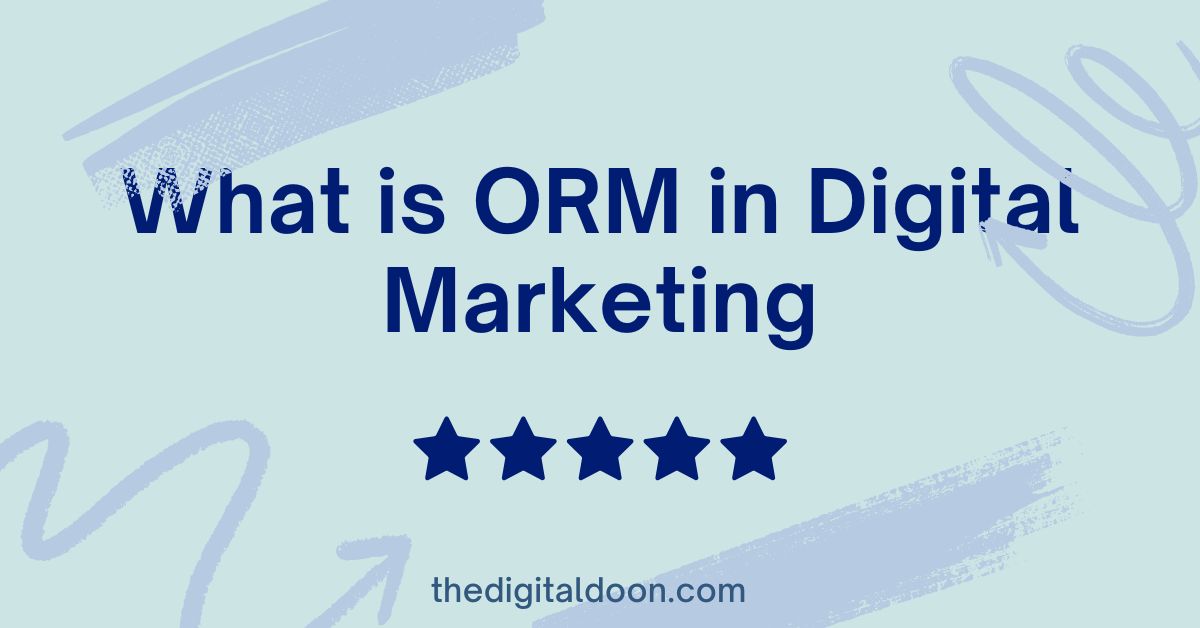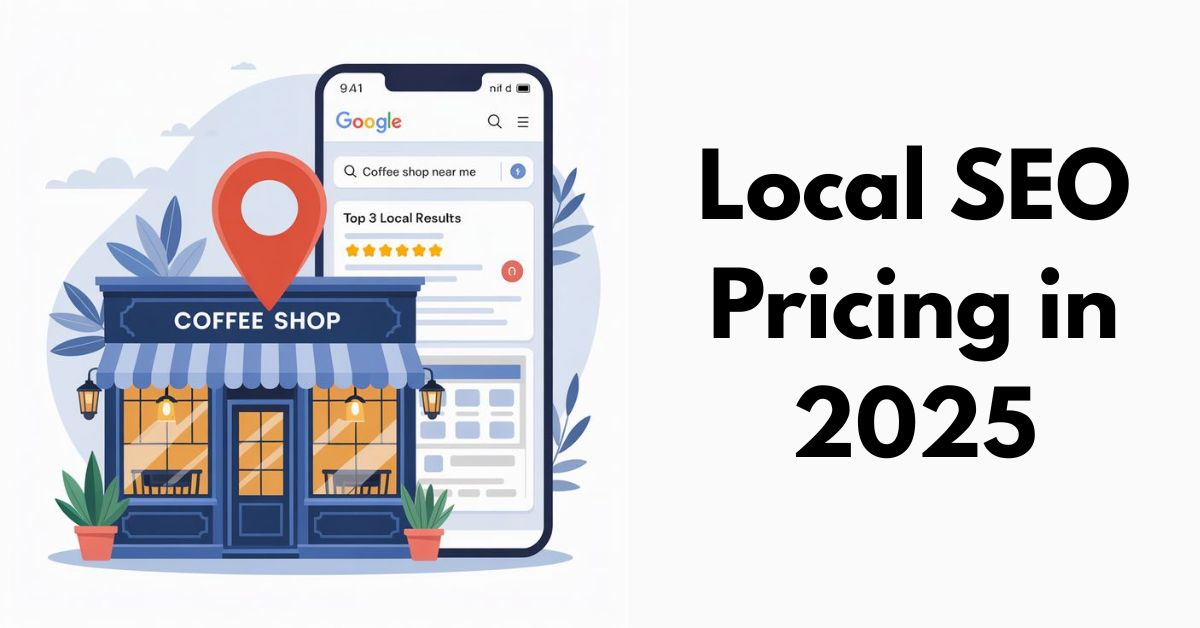If you are new to marketing, you might often hear the term PR and wonder, “What does it really mean?” PR stands for Public Relations.
In simple words, PR is all about managing the relationship between a brand (or business) and the public. It’s how a company creates a good image, builds trust, and makes people like and respect it.
What does PR mean in Marketing?
Marketing is about promoting and selling products or services. PR, on the other hand, focuses on how people feel about the brand itself.
Think of it this way:
Marketing = “Buy my product.”
PR = “Trust my brand.”
For example, an advertisement tells people about a product’s features. But a PR activity—like getting a news article published about how the company is helping the environment—makes people trust and admire the brand.
Why is PR important?
PR is super important in marketing because:
Builds reputation – People buy from brands they trust.
Creates credibility – A story in the news or positive buzz on social media feels more real than a paid ad.
Manages crises – If something bad happens (like a product issue), PR helps handle the situation and protect the brand image.
Supports marketing campaigns – Good PR makes ads and promotions more effective.
How does PR work in marketing?
PR uses communication strategies to shape how people see a brand. Here are some common PR activities:
Press Releases – Announcing new products, events, or achievements to media.
Media Coverage – Getting featured in newspapers, magazines, TV, or online news.
Events & Sponsorships – Organizing or sponsoring events to get attention.
Influencer Relations – Working with influencers to spread positive messages.
Crisis Management – Handling negative news or customer complaints smartly.
Example of PR in action
Let’s say a clothing brand launches a new eco-friendly collection.
With Marketing, they run ads showing stylish clothes at good prices.
With PR, they publish stories in newspapers about how they are reducing plastic waste, share behind-the-scenes videos of sustainable production, and invite journalists to visit their factory.
Result: People don’t just see the clothes—they also see the brand as responsible and trustworthy.
People also do get confused between ORM & PR. Here’s a difference betwen them in simple words.
ORM (Online Reputation Management)
ORM is all about managing what people see about you or your brand online.
Example: If someone writes a bad review about your business on Google, ORM tries to fix or balance it by encouraging positive reviews, responding politely, or pushing positive content higher in search results.
Goal: Maintain a good online image.
PR (Public Relations)
PR is about building and maintaining relationships with the public, media, and customers.
Example: If your company launches a new product, PR sends press releases, arranges media coverage, or organizes events to spread the word.
Goal: Promote brand awareness and trust.
Key Difference
ORM = Reactive + Online only → Fixing and protecting reputation on the internet.
PR = Proactive + Online & Offline → Promoting brand image through media and communication.
👉 In short:
ORM = Clean up and protect your online image.
PR = Promote and spread your brand’s positive image.
PR vs Marketing vs Advertising – Simple Comparison
| Aspect | PR (Public Relations) | Marketing | Advertising |
|---|---|---|---|
| Main Focus | Building trust and a positive brand image | Promoting and selling products/services | Promoting products/services through paid media |
| Goal | Improve reputation, gain credibility | Generate leads, sales, and customer loyalty | Create awareness and encourage buying |
| Method | Media coverage, press releases, events, social buzz | Market research, campaigns, promotions, branding | Paid ads (TV, radio, social media, Google ads, print) |
| Control | Low (depends on journalists, public opinion) | Medium to High (company decides campaigns) | High (company controls the message since it’s paid) |
| Cost | Usually cheaper but less predictable | Can be costly depending on strategy | Expensive (since you pay for space/time) |
| Credibility | High – because it’s seen as unbiased | Medium – depends on brand and campaign | Lower – people know it’s paid promotion |
| Example | A news article about your company’s eco-friendly work | Running a digital marketing campaign for a new product | A Facebook ad showing a “50% OFF” sale |
Simple Way to Remember:
PR = Reputation (Make people trust your brand)
Marketing = Strategy (Plan how to reach and convert customers)
Advertising = Promotion (Pay to show your product to people)
PR vs Marketing vs Advertising – Real Life Analogy
Imagine you are at a party and you want people to notice you.
Advertising:
You walk into the room and say loudly,
“Hey everyone, I’m amazing, come talk to me!”
(This is a paid promotion – you’re directly telling people about yourself.)Marketing:
You plan ahead – you wear stylish clothes, smell good, bring gifts, and know who you want to talk to.
Your actions are designed to attract the right people and make them like you.
(This is strategy – how you present yourself to win attention and achieve your goal.)PR (Public Relations):
Instead of you talking about yourself, someone else at the party whispers to others,
“Hey, that person is really kind and trustworthy. You should go meet them.”
(This is reputation – others are speaking positively about you, making you more credible.)
Tools used in PR
Press release platforms – To share news with journalists.
Social media – To connect directly with customers.
Media monitoring tools – Like Google Alerts, to track mentions of your brand.
Networking – Building relationships with journalists, bloggers, and influencers.
Final Thoughts
PR in marketing is not about selling directly—it’s about building trust, credibility, and a positive image. A strong PR strategy makes people feel good about your brand, and when people trust you, they are more likely to buy from you.
In short: Marketing brings customers. PR makes them stay.



